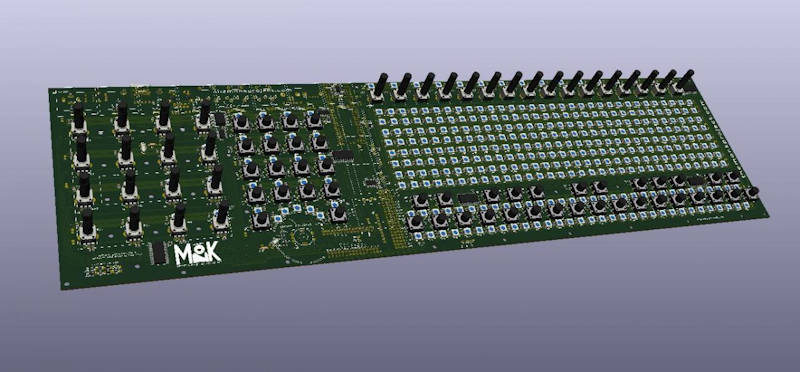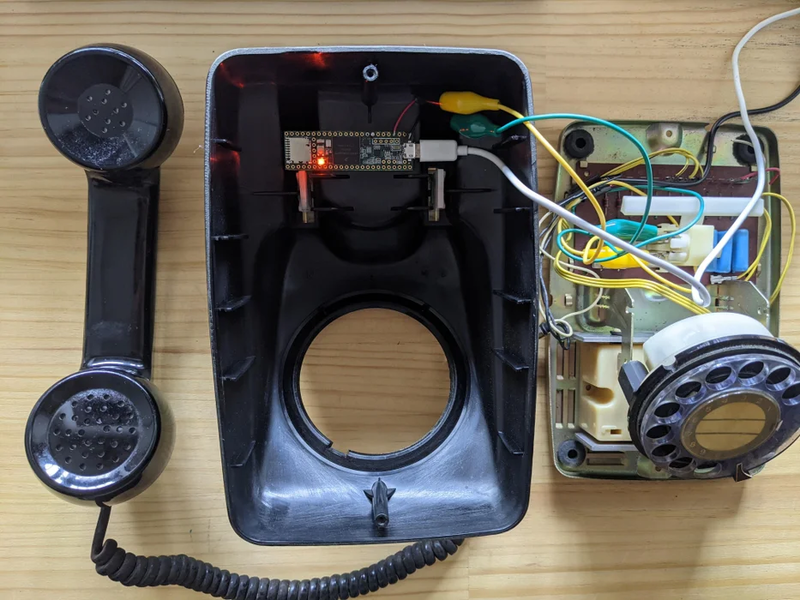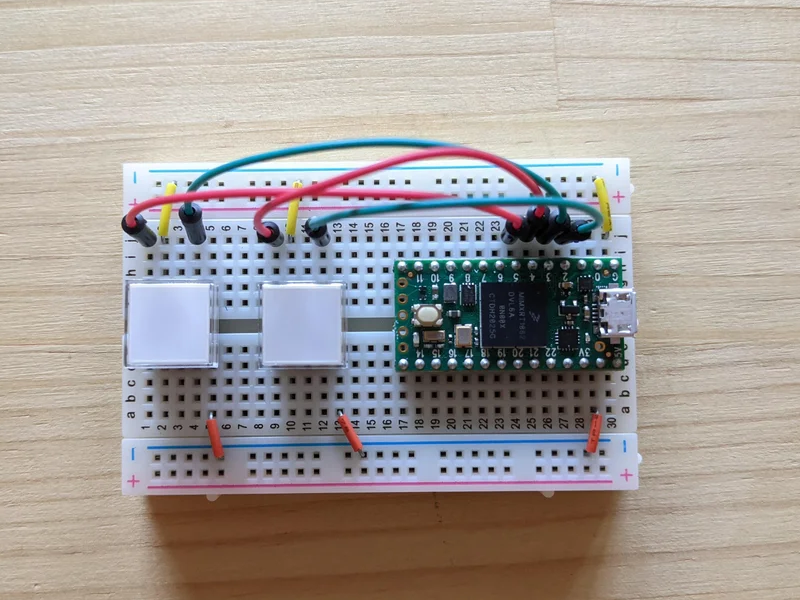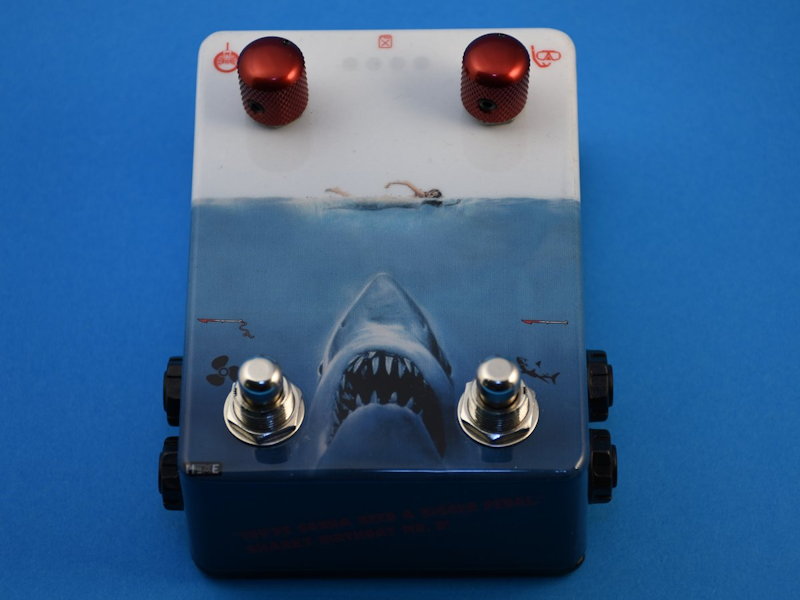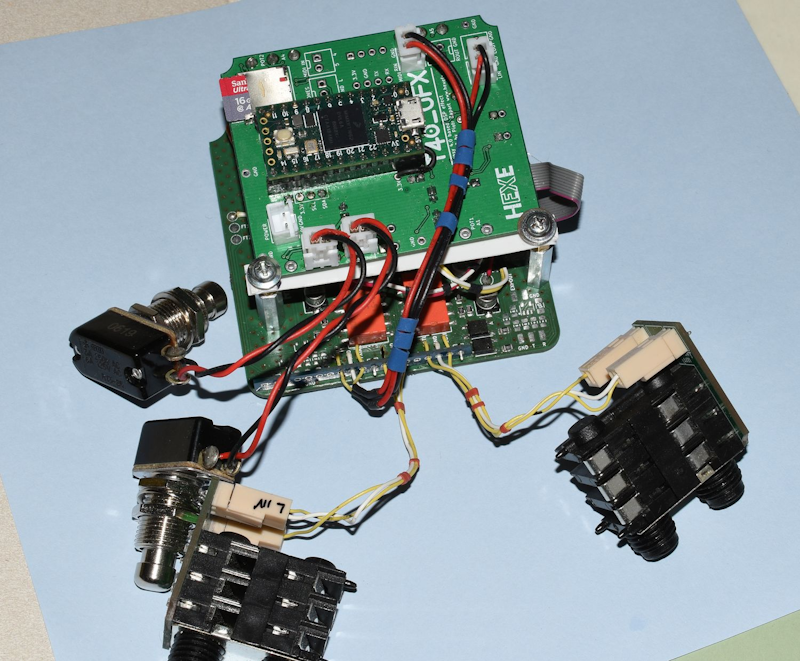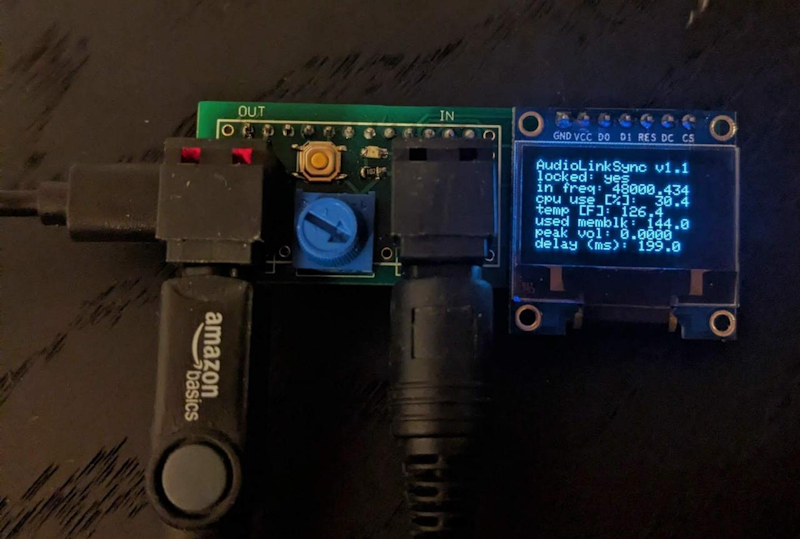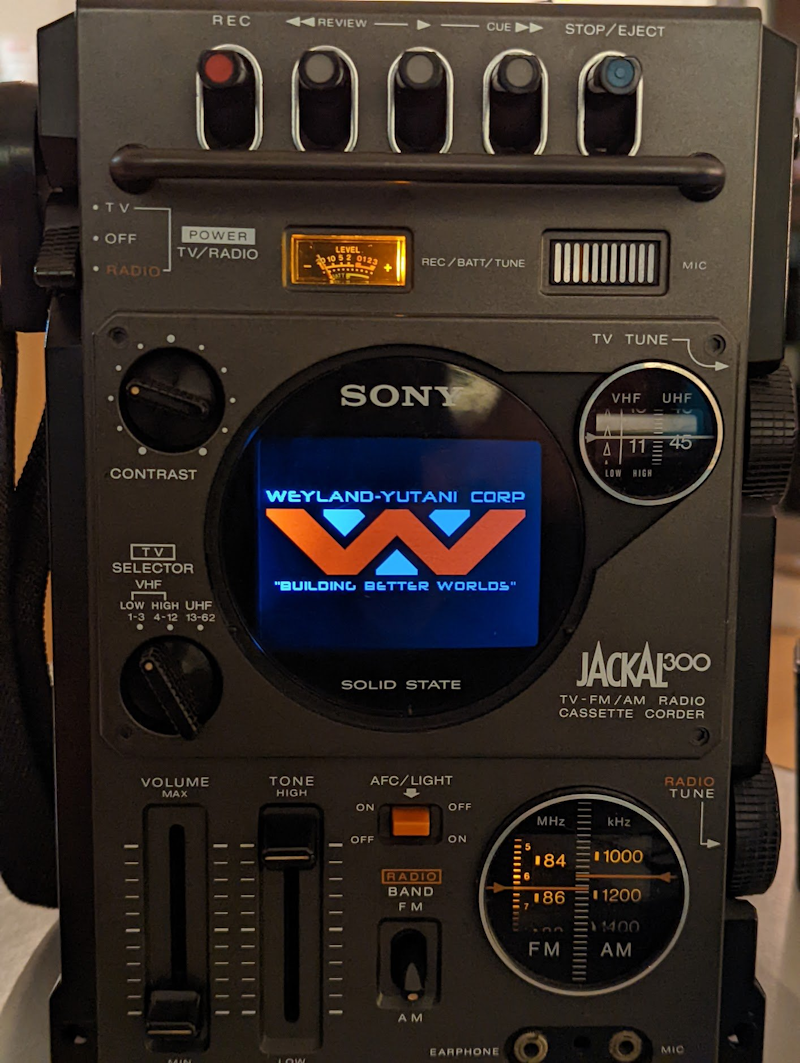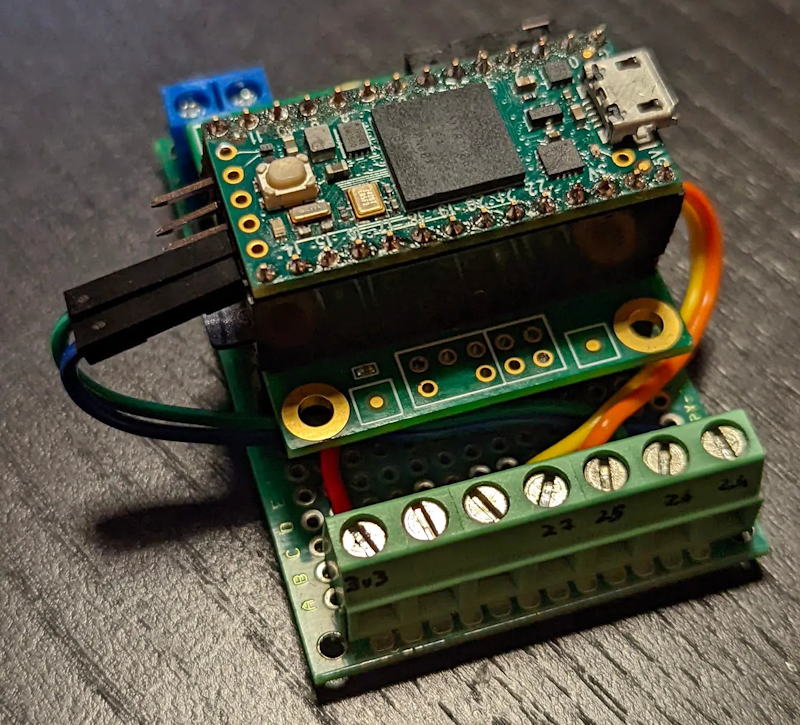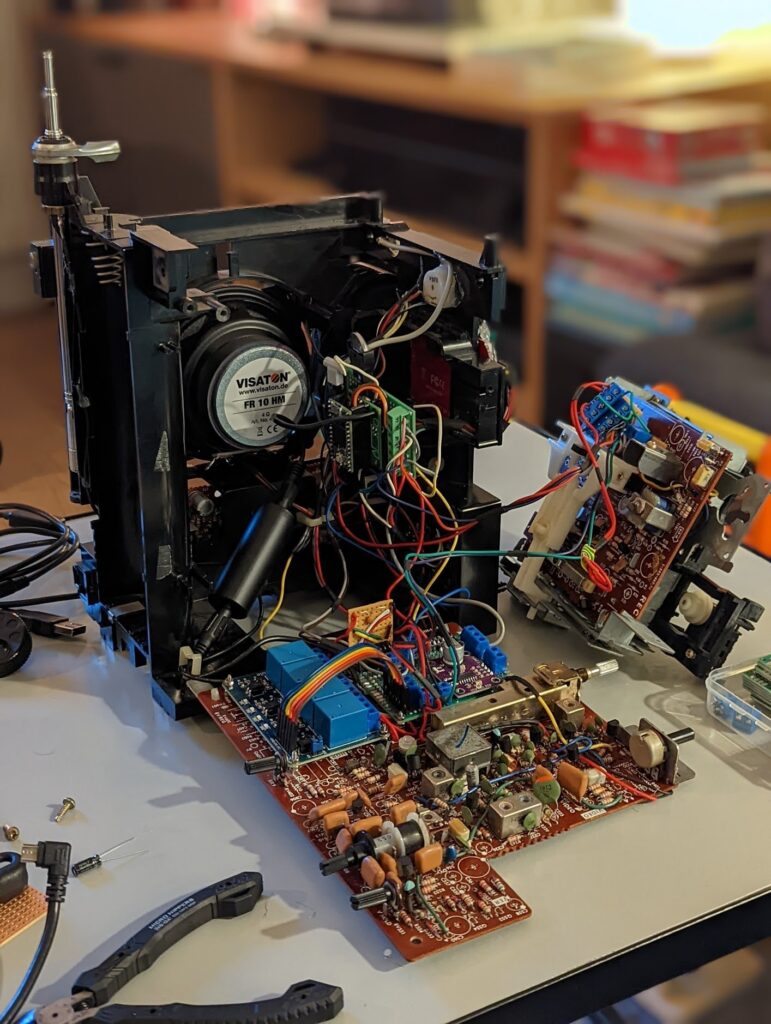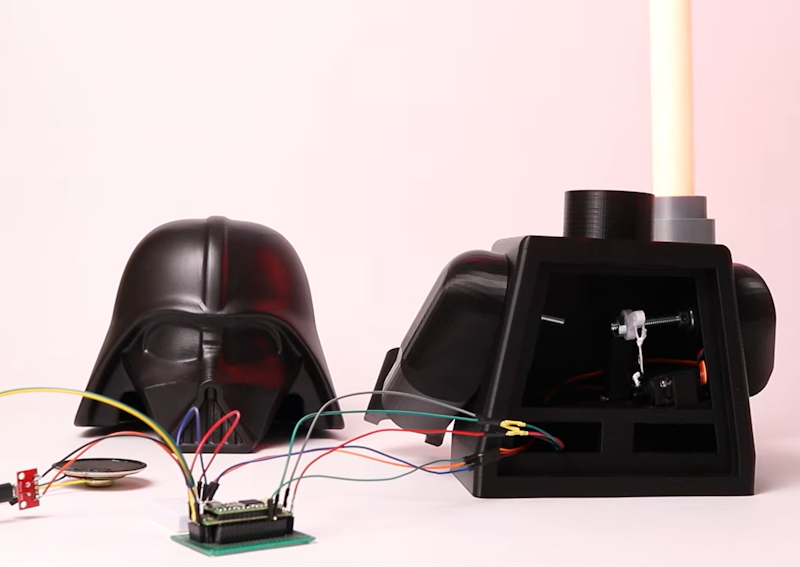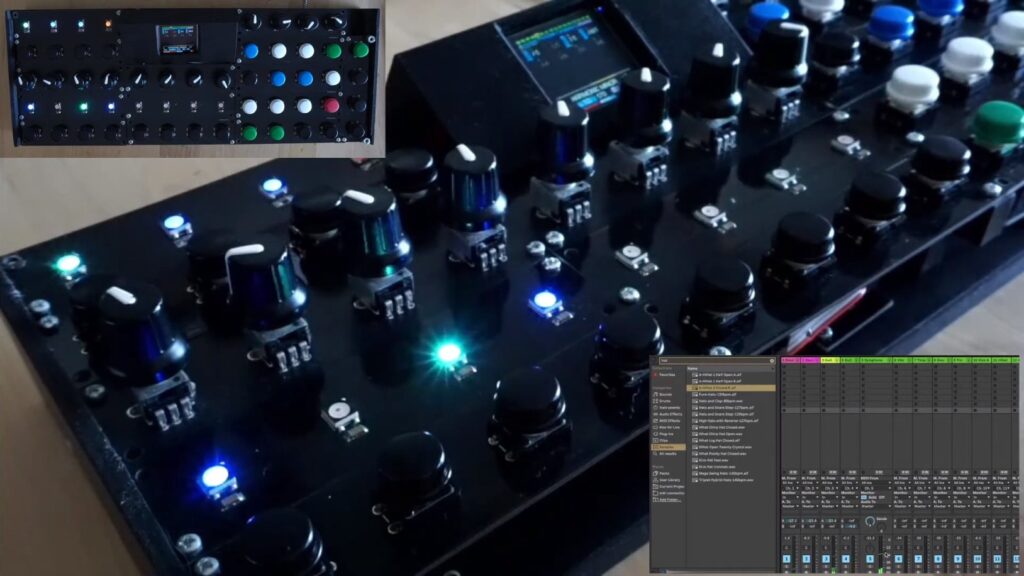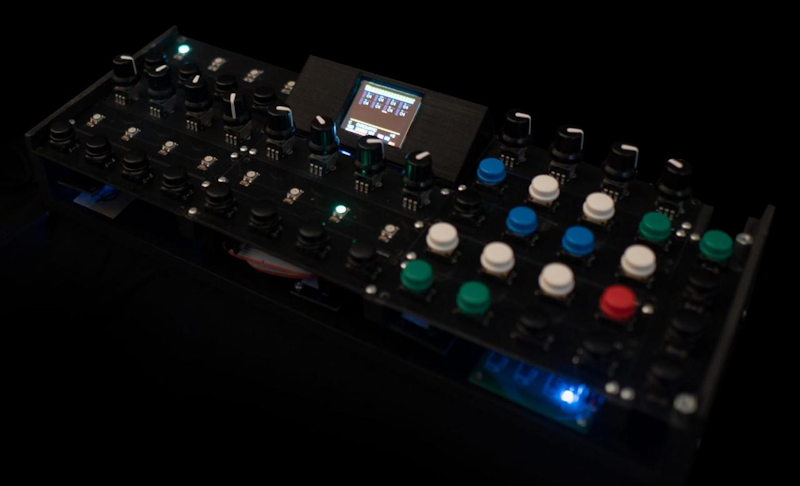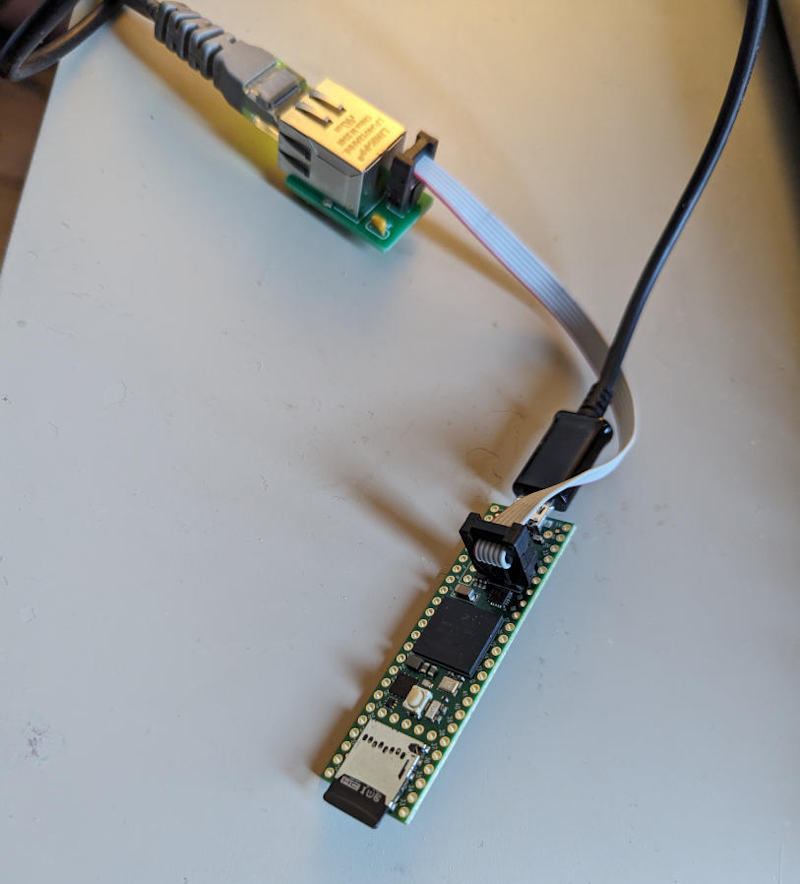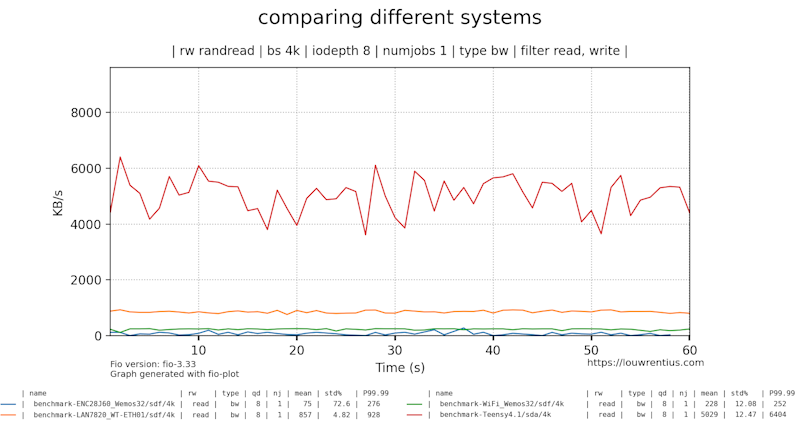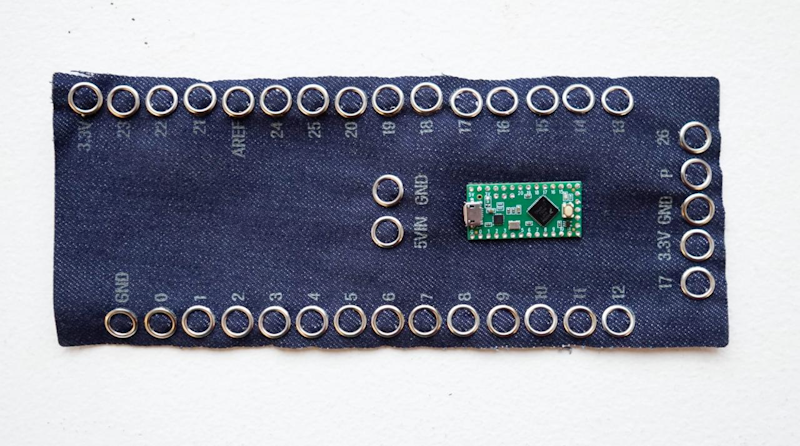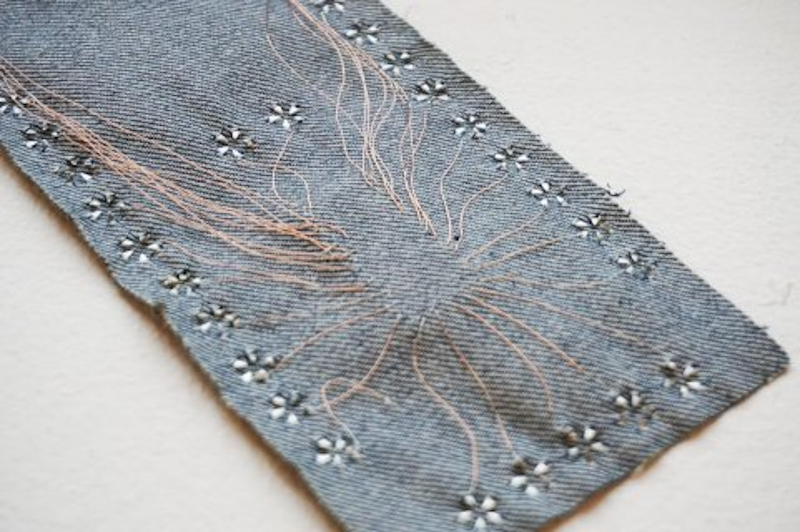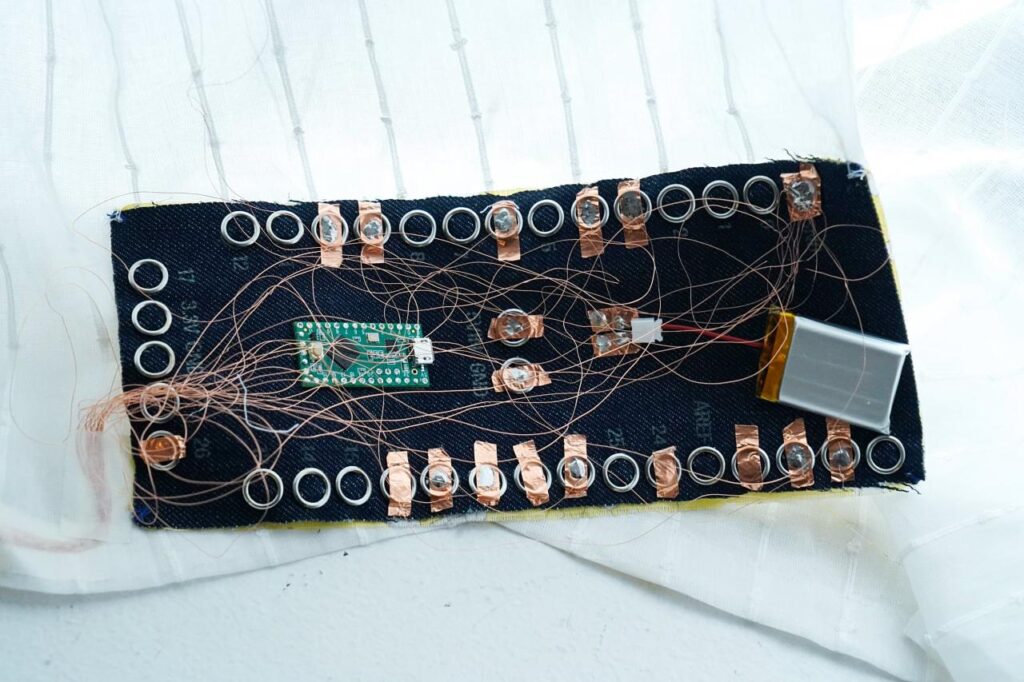DanielO initially posted with a request for help generating a 10MHz clock signal. What emerged 25 posts later was the release of OpenGalvo, the self-described “minimalistic firmware for processing GCode commands (into the) XY2-100 protocol.”
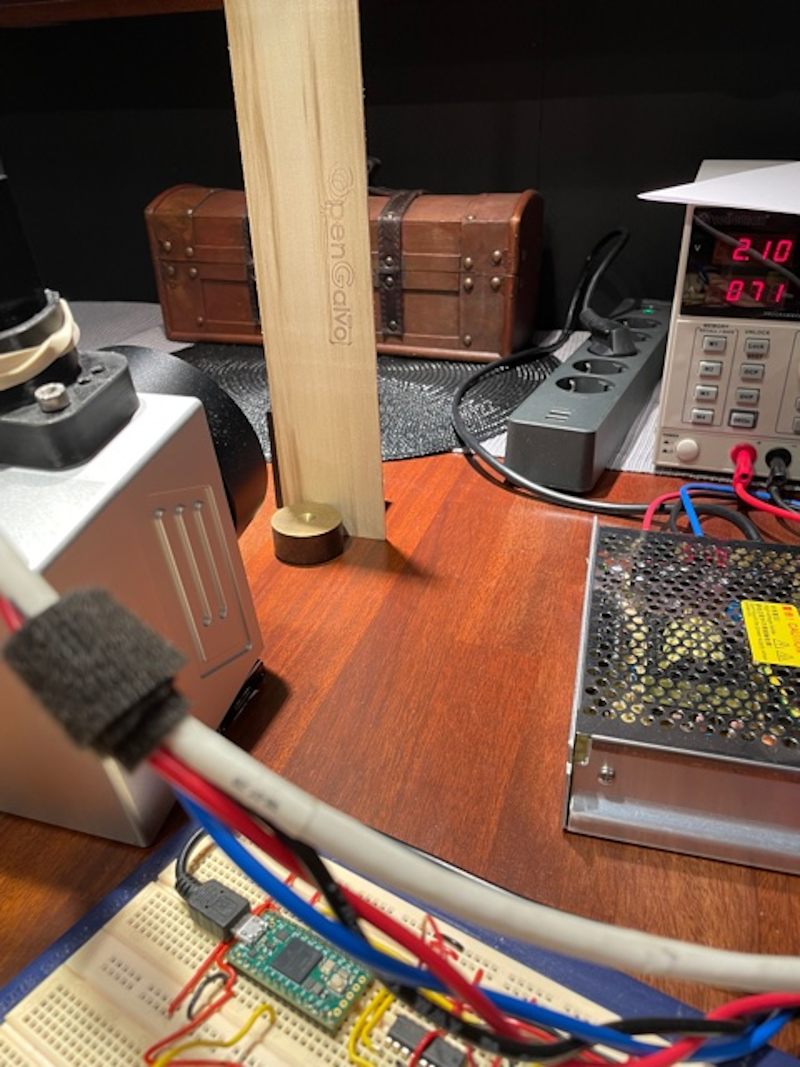
The reason for doing this? Turning a mirror-based digital galvo into a (potentially unsafe, highly experimental) laser engraver.
DanielO is emphatic about the fact that this is alpha, non-production software that may damage your galvo/laser/Teensy/eyeballs or all of the above, so please keep that in mind should you choose to repro this project. But if you have an XY2-100 galvo, a laser, and a solid-state relay to control it, check out the code on GitHub, and please, please, please be careful and wear eye protection!
